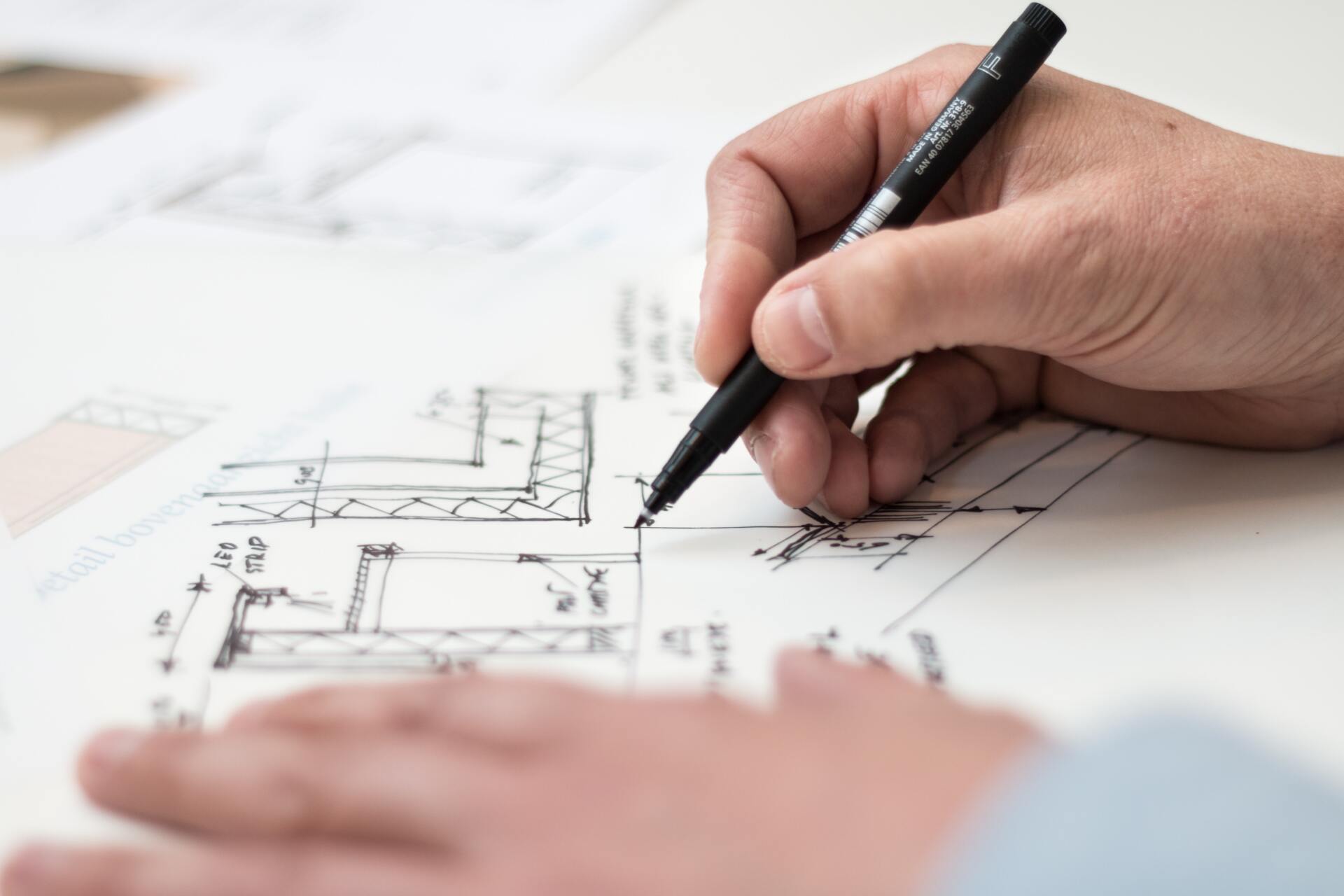Email us at info@engineeringcpr.com | Call us at 647-812-5607
Considerations for a great Part Numbering System
Hey, Congrats! You've got an idea for a product and maybe some design files, neatly organized (or not), and you feel it's time for part numbering.
But what part numbers (P/Ns) should you pick?
It seems simple enough, but here are some of the less obvious things you should consider now to avoid headaches later:

1. Do you want to assign classes to your Part Numbers?
Sometimes companies will create part numbering classes. I.e., if your base P/N is four digits long (YYYY), you may add a few digits as a prefix (XX) to categorize the parts.
An example of categorizing parts based on type:
Cables begin with 10; Custom metal parts begin with 20; packaging begins with 30, and so on.
P/Ns in this system might look like XX-YYYY (e.g., 10-YYYY, 20- YYYY, 30- YYYY)
Benefits:
- Quickly identify what you are looking at from the P/N prefix
- Improve ability to recall or find a part by filtering for the prefix
Drawbacks:
- Defining the classification criteria becomes a question in itself
- Adherence to the classes may be a challenge when new designers join the development team
- Overlapping classes of parts can cause confusion
- Multiple different P/N tracking logs might be necessary to track each class
- MRP/ERP systems might not be able to give you the next P/N for a given class easily
If you plan on using a class-style Part Numbering system, we suggest you:
- Take the time to define your classes well
- Ensure there is minimal overlap between classes
- Generate some guideline documentation to help explain the classification criteria to new staff
- Create an easy way (log or otherwise) to assign new part numbers for each class
2. Do you want an Alpha, Alpha-Numeric, or a Numeric Part Numbering system?
For this, I will define Alpha as A-Z (case insensitive) and Numeric as (0-9).
Alpha or Alpha-Numeric Systems:
Benefits:
- With fewer digits, you get more P/Ns (e.g., three alpha-numeric digits will get you 46,656 P/Ns, vs. three numeric digits will only get you 999 P/Ns)
Drawbacks:
- Characters can get confused ("O" and "0", "I" and "1", etc.)
- Some people may use lowercase vs. uppercase digits
- The next available P/N is not always straightforward (e.g., if you are at A39 in alpha-numeric, then your next number is likely A3A)
- MRP/ERP systems might not be able to give you the next P/N easily
- Blocking P/Ns for a specific designer or group may get confusing:
e.g., Imagine telling someone:
"Ok, design me this widget; you can use this block of P/Ns A39 to AF9".
If I were that designer, I would be unable to quickly tell how many P/Ns I have, nor how to increment them.
Numeric Systems:
Benefits:
- The next available P/N is clear as day (this benefit is not to be understated)
- MRP/ERP systems can easily give you the next available P/N
- No confounding characters
- No lowercase/uppercase issues
- Easily to block P/Ns for designers
Drawbacks:
- Less P/N permutations are available
3. What happens to a Part Number when you update the part?
Consider a Part Numbering system wherein the base format is four digits (YYYY).
Now imagine you have a released cable of P/N 1638, and the next part number available in your system is P/N 2394. If you change the cable (P/N 1683) and your Part Number Change Rules* dictate that the P/N should change, you might end up with the cable changing to P/N 2394.
This P/N jump is fine, but it can become a headache for design and operations staff who grow accustomed to the specific numbers they deal with daily. Also, if you ever want to see the old drawing for this cable, you might have to do a lot of digging before finding out that P/N 1638 was the last design iteration of P/N 2394.
One way to get around this issue is to add a suffix to all your P/Ns (YYYY-ZZ).
E.g., rather than changing P/Ns from 1638 to 2394, you would change from P/N 1638 to P/N 1638-01. Or rather, if you started with the suffix, P/N 1638-00 would change to P/N 1638-01.
Important Distinction:
This suffix is not to be confused with revisions.
The P/Ns 1638-00 and 1638-01 are as different as P/Ns 1638 and 2394.
This suffix system just helps us mortals navigate our way around part folders and specs by providing a bit of continuity between updated part numbers.
Further Work Instruction Benefit:
The other added benefit of having P/Ns change like this is that you can write your Work Instructions to reference parts like this:
"Connect cable 1638-xx to the flux capacitor."
And let the BOM for the work order tell the assembler the specific cable to use (1638-01, 1638-02, etc.).
This suffix system lets you change the cable P/N without needing to respin your Work instructions.
*Part Number Change Rules to be discussed in a subsequent blog post.
4.
What Part Numbers do we use at Engineering CPR?
Since we are a contract manufacturer, we have used various Part Numbering Systems set out by our customers.
None are objectively good or bad; however, each does need different maintenance levels to make them sing. You can make most systems work as long as you develop and follow a process to mitigate any drawbacks of the Part Numbering System you choose.
If you're interested in knowing exactly how we do our Part Numbers and some more lessons-learned,
we invite you to join our Keener community, and we'll send you a breakdown!
By joining our community, you will also gain access to periodic deep dives like this one, plus other content.





